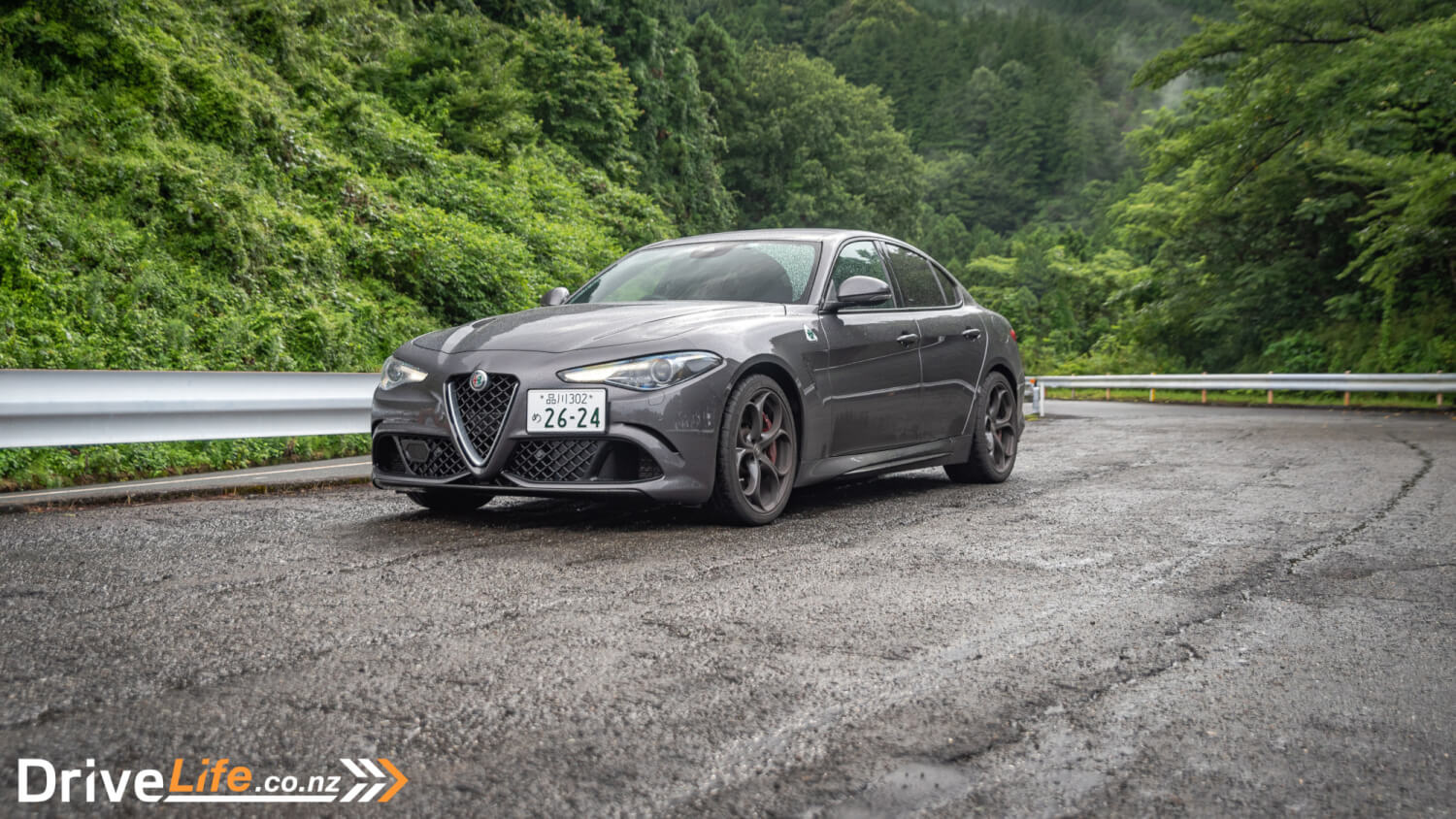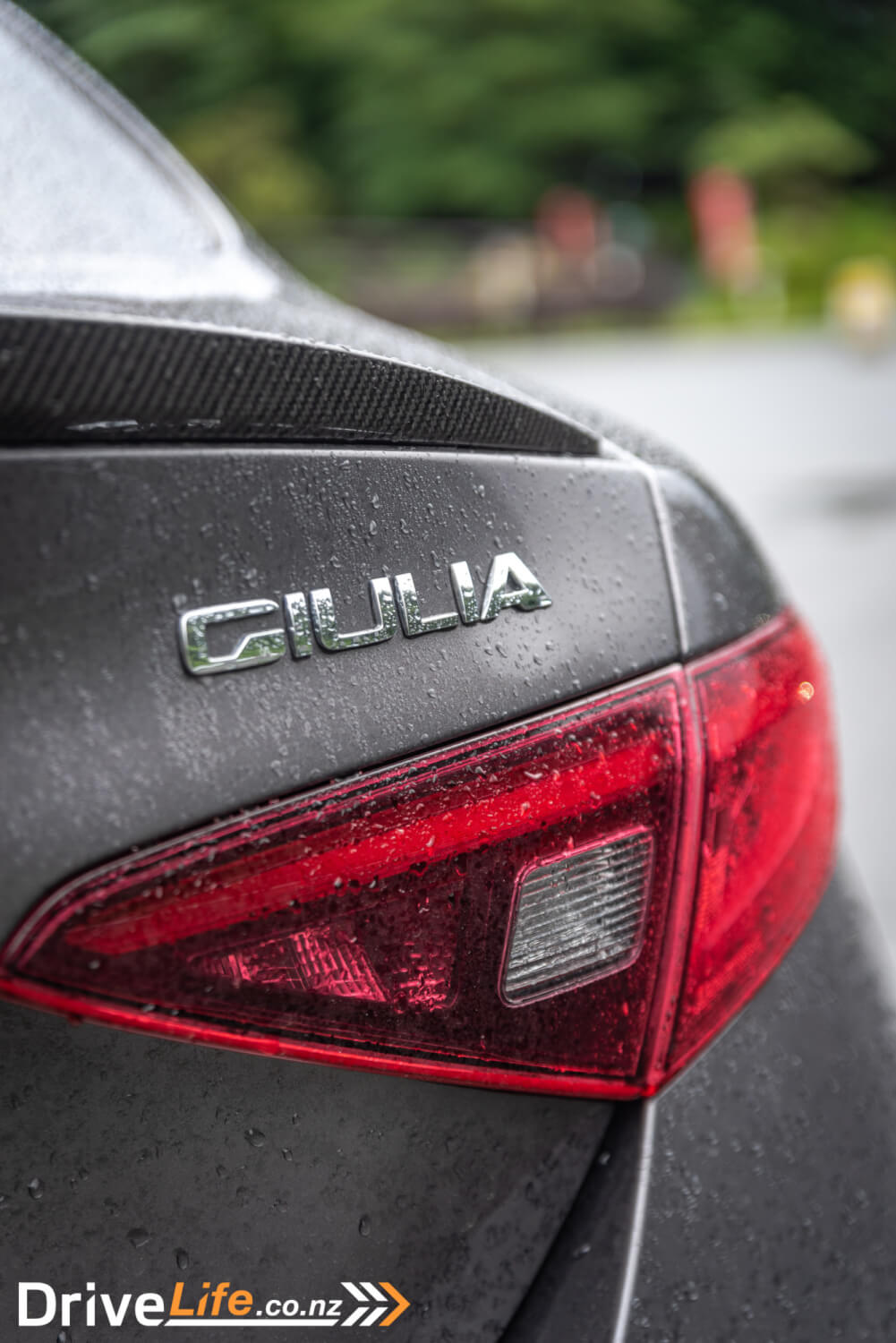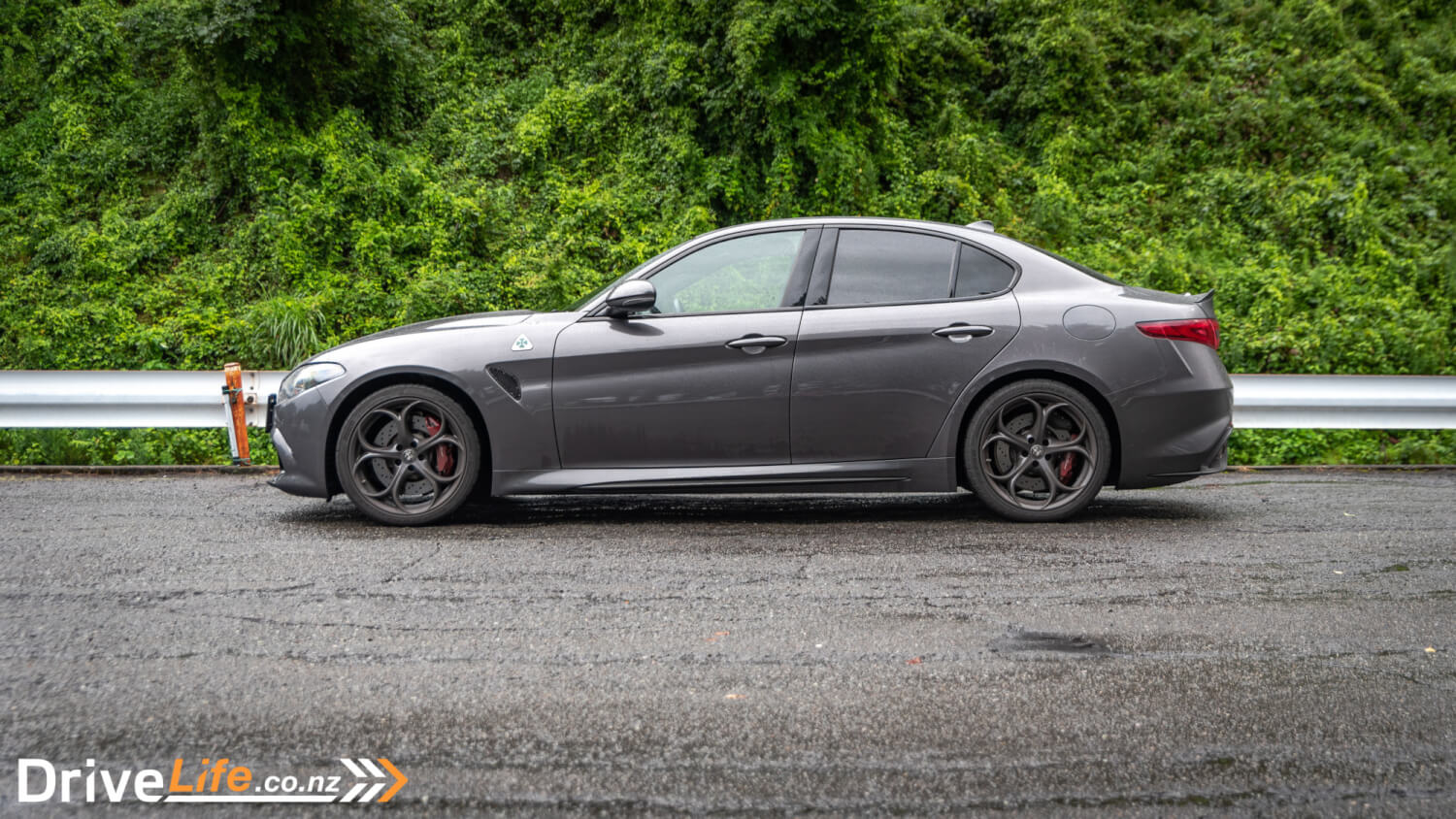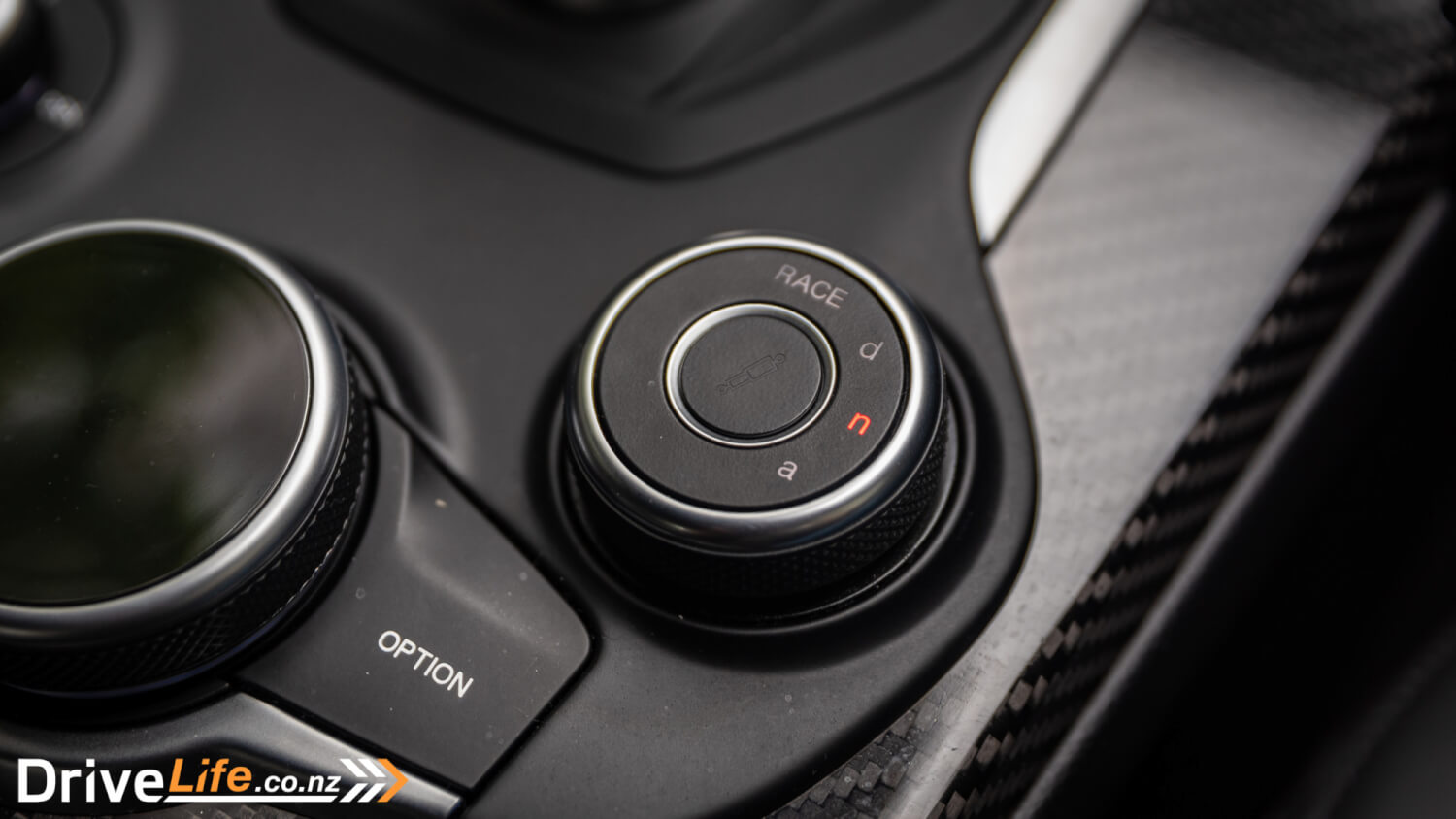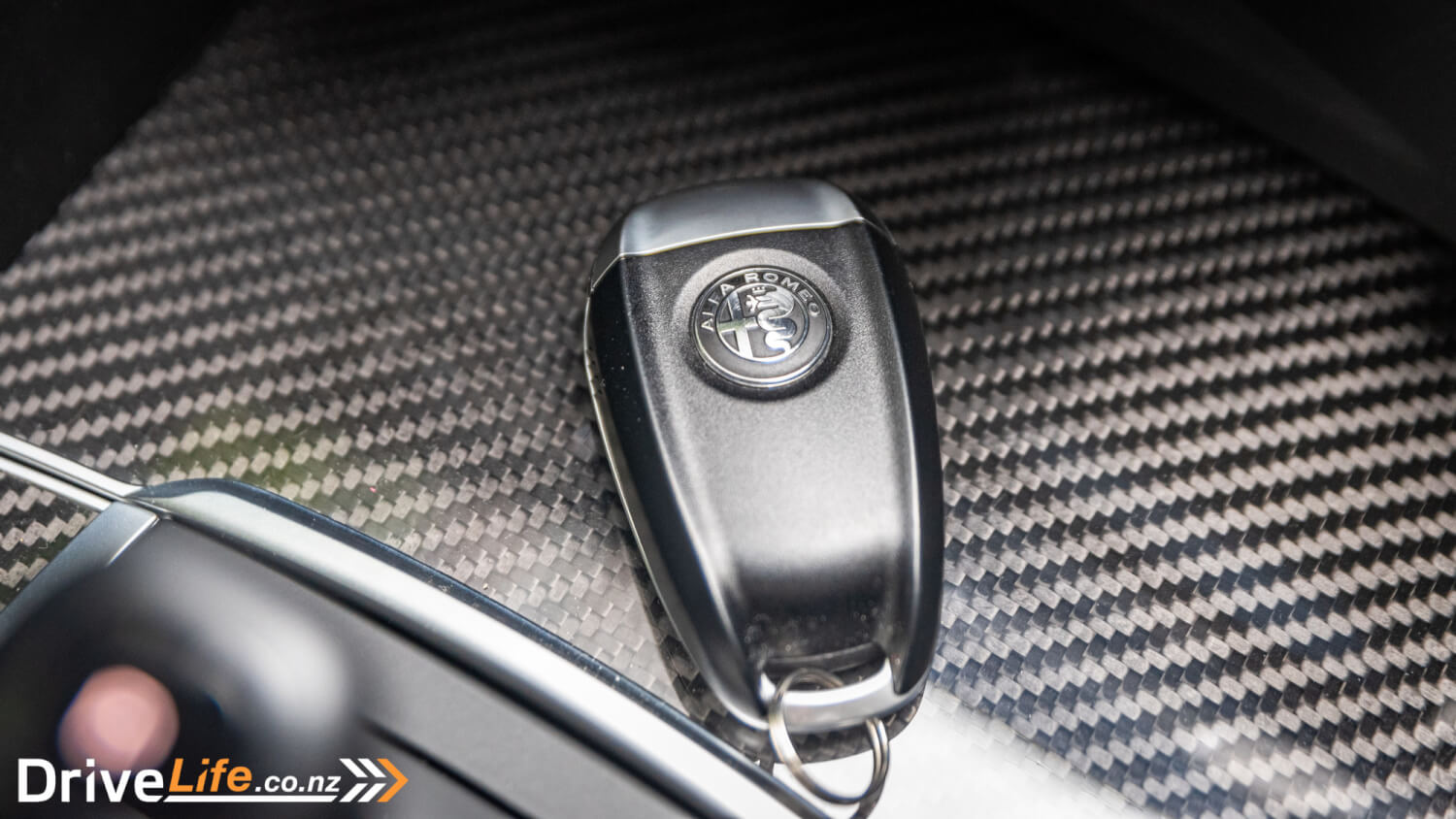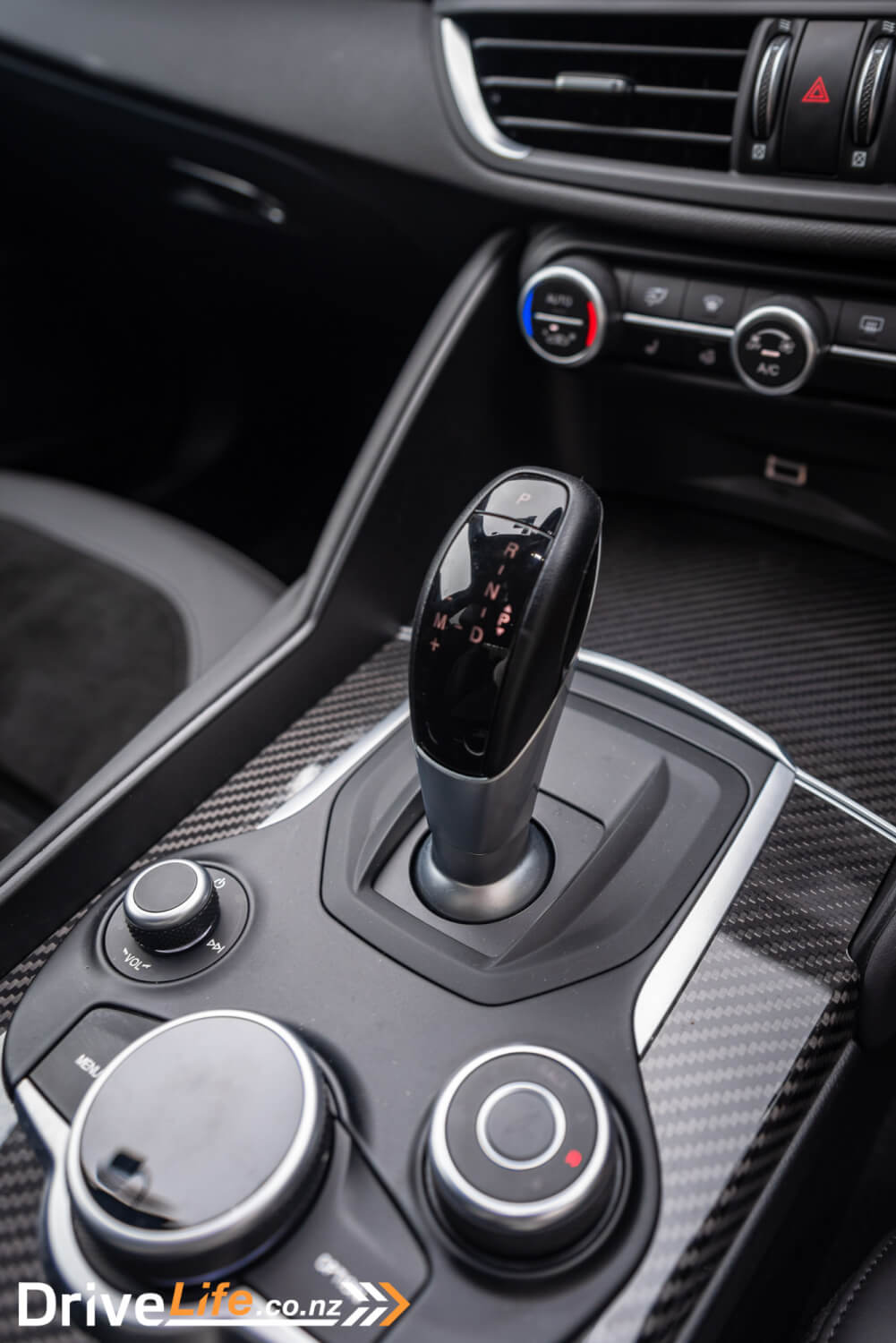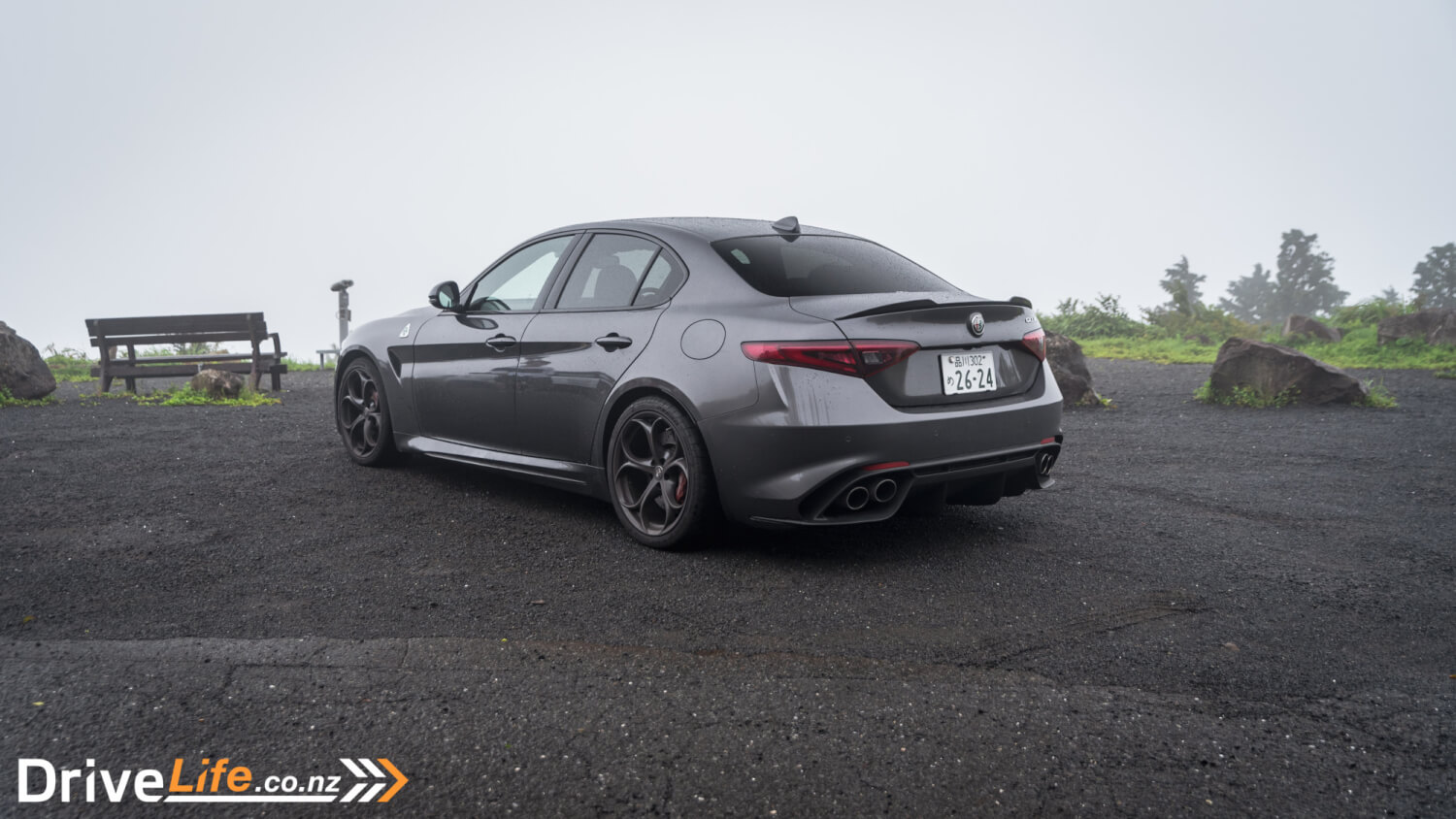Alfa Romeos have a special place in my heart. I’d go as far as to say they’ve certainly shaped my love and interest in cars. It goes back to when I was a wee age of 7 years old when I was happily playing Pokemon Red on my Gameboy one day when I looked outside my bedroom window and saw my parents had parked an odd looking silver car in our driveway.
I went down to go inspect and it turns out they had brought an Alfa Romeo 156 2.5 V6 home with them. Up until that point the only Alfa Romeo I had known about was the SZ because that was one of my first Matchbox toys I had. I remember being confused as to why it had an upside-down triangle on the front and being annoyed why the rear door handles were so high up. But over time the 156 and I bonded and it became part of the family. Eventually it would go on to be my first car and the car I would take my driving test in. Over the year the 156 took us on many family road trips across the South Island and when I moved to Wellington to go to uni, the 156 came up across the Cook Strait with me too.
Sentimental value aside, my favourite part of the 156 was that lovely Busso V6 engine. The way it sounded, the way it revved, and those gorgeous chrome inlet pipes all screamed ‘Italian Passion’. This wasn’t a hardcore, Nurburgring dominating sports sedan. It was simply a normal everyday sedan that just so happened to be sporty. To me that’s how the best Alfa sedans have been – everyday cars you could drive spiritedly. They’re not too fussed about setting records but rather to be enjoyed and driven.
That’s why when the new Giulia Quadrifoglio (QV) was announced a few years back and set the Nurburgring record for the fastest four-door car I was skeptical. Sure, I should’ve been excited by the prospect of Alfa’s return to a proper rear-wheel drive chassis but I wasn’t sold. This was Alfa Romeo’s first full new product since it became part of the Fiat-Chrysler merger. Since then I’ve had a few short stints in the Giulia QV and was never won over by it. That is, until now. FCA Japan very kindly lent me a QV over the recent long weekend in Japan and it was a perfect opportunity to take it on some proper roads to see if I could fall in love with the successor to our old 156.
What’s In The 2020 Alfa Romeo Giulia Range?
New Zealand only gets a choice of two Giulias; the $72,990 Giulia Veloce with a 2.0-litre turbocharged four-cylinder producing 206kW and 400NM and the full-fat $124,990 Quadifoglio with a 2.9-litre twin-turbocharged V6 pumping out 375kW and 600NM of torque.
The Giulia Quadrifoglio comes with a host of goodies as standard including Brembo brakes all round, quad sports exhausts, active torque vectoring, active suspension, active aero spoiler, adaptive cruise control, adaptive bi-xenon headlights, and a whole bunch of carbon fibre body panels to keep the weight nice and low.
First Impressions Of The 2020 Alfa Romeo Giulia Quadrifoglio
It’s a good looking car but it’s not desperately pretty like Alfas of old. I like how even this top-tier sporty Quadrifoglio version isn’t overly styled. They haven’t fallen down the trap its rivals have gone down with overcompensating aggression. You have subtle sporty details here and there and look appropriately exotic without shouting about it. It certainly looks more interesting and styled than its German competitors but I wish it had more ‘Alfa’ flair. Look back at the 159, 156, and even the original 1960s Giulia. Those were properly pretty sedans that looked and felt Italian from the get go.
My problem with the Giulia is that it looks like an Italian’s interpretation of a BMW 3-Series rather than it being its own thing, rather than it being an Italian’s interpretation of an Alfa Romeo. The headlights and taillights look more generic than what we’ve come to expect from the pride of Milan. Then again, Alfas should always be divisive and in that sense the Giulia ticks the right boxes. From some angles it looks stunning and from others the proportions look odd and bloated. Just don’t look at it too closely otherwise you might spot some mismatched body panels.
What’s The Interior Like On A 2020 Alfa Romeo Giulia Quadrifoglio?
It’s a lovely place to sit in but I wish the interior looked, and more importantly, smelt like an Alfa. I know this is an odd thing to complain about but bear with me here. In Alfas of old, or any other Italian car for that matter, the smell of their fine Italian leather was so strong and distinctive you could blindfold someone and they’d know immediately they were sitting in an Italian car. Go to your nearest Ferrari dealer and open up one of their cars and have a sniff.
Which would be fine if the interior design was something to shout about but it just didn’t look proper Italian. Sure, you get some neat Alfa branding on the circular dials housed in typically deep surrounds and the dash is aimed towards the driver in true sports car fashion but other than that there’s not much to distinguish it from its competitors. Instead, the design of the interior is too similar to that of BMW’s for my liking and gone are the days of the unmistakable strong smell of Italian leather and instead you now get an interior that smells like, well, an FCA product.
Materials are good enough but some of the plastics feels low rent for a car this expensive and there’s some bits of trim that feel like they won’t last longer than 12 months, such as the plastic on the gear selector. Proper Alfa build quality here then, except for the odd switches which are lifted straight from its American counterparts. On the plus side, the column-mounted aluminium paddles are some of the best in the business. They look and feel like Ferrari paddles, what more could you want?
The infotainment system worked well enough, if a bit slow to respond. Oddly enough Japanese-spec cars don’t come with sat-nav. Instead owners will have to rely on their phone’s maps system as Apple CarPlay and Android Auto are your only source of navigation. That’s not necessarily a bad thing as given the choice of the OEM sat-nav and Google Maps, I’ll always pick the latter.
In terms of space there’s adequate space for four adults inside the Giulia. Up front the driving position is spot on. You can sit nice and low giving it an exotic feel. The standard sports seats offered a blend of comfort and support. You can get optional carbon fibre bucket seats and while they look amazing I’m not convinced they’re suited for daily use. Whichever seat you get though doesn’t solve the b-pillar issue. The Giulia has oddly small doors so no matter where your seat position is, every time you look over your shoulder to merge on to a road the b-pillar will be blocking your vision.
I don’t think I’ve ever been in an Alfa Romeo I’d call spacious and the Giulia is no exception. There’s ample headroom and legroom behind my own driving position but the rear seats are shaped rather awkwardly so you are angled towards the middle of the car. The middle seat is strictly for emergency purposes. Best to think of this as a 4+1. The boot is surprisingly spacious and usable so that’s a plus.
What’s It Like To Drive A 2020 Alfa Romeo Giulia Quadrifoglio?
All these lows pale in comparison to the highs the Giulia Quadrifoglio is capable of delivering. My problem with the Giulia before was I thought it was going too good to be a proper Alfa, too much of a polished product without the typical Alfa flaws to give it character. Because in my short experiences with the Giulia in the past I didn’t gel with the car and still believed the M3 was the car to get in this segment. But after covering 1200 kilometres with the Giulia in 5 days I really bonded with it. I’m calling it now; it’s my surprise of the year.

The 2.9-litre twin-turbo V6 is an absolute gem. I have to eat some humble pie here because as an Alfa purist I want something that purrs like an old Busso engine. Obviously an engine as charismatic as that will never make a comeback in our day and age but the modern Ferrari-derived Alfa V6 is no bad thing. Boy, is this a rev-happy engine. It loves to get up on the top end and it rewards you with a nice sonorous tone that’s just lovely. It’s a nice enough note that’s not obnoxiously loud and doesn’t do silly artificial pops and farts either. Also, there’s no BMW-style feeding the engine noise through the speakers here either. It’s all natural.
It’s a seriously rapid car with a 0-100 km/h time of 3.9 seconds and a top speed of 307 km/h. I suppose 375kW and 600NM of torque will do that to a car. The power delivery is linear and spread across a lot of the rev range making it less twitchy than a M3/M4. But the most enjoyable thing about this car is the short gearing. Yes, despite it being an 8-speed ZF auto the short gearing means you’re constantly changing gears making you feel more involved. I love these ZF 8-speeds and the Giulia’s application is one of the best. Left to its own devices in ’Natural’ or ‘Advanced Efficiency’ mode on the “DNA” drive mode selector the gear changes are silky smooth. Around town you hardly notice them. Switch it up to ‘Dynamic’ or ‘Race’ mode and you get a nice shove at every upshift and slick blips on the downshift.

I will say, while we’re on the drive modes Race is by far the best mode as that opens up the exhaust valves. You know it’s good when the dashboard tells you to put the transmission in manual mode for “maximum enjoyment”. Race mode does, however, turn off ESP. There’s no way to have ESP on and the exhaust valves open. Even in ‘D’ mode they’re not fully open you can’t enjoy the full aural experience. But even with the big bright ‘ESP Off’ on the gauge cluster the Giulia still has plenty of grip if you’re not stupid with your throttle response. Even if you do get a bit too excitable with your right pedal and it gets very rear-wheel drive, it’s all very manageable. There’s not many sedans that encourage you to go out for drives as much as this. The problem with all of this is that it does drastically reduce the fuel consumption. Alfa claims an average of 8.2L/100km if you’re driving carefully but this car isn’t meant to be driven carefully so as a result I was getting more like 14.2L/100km.
This was the most fun I’ve had in a four-door car in a very long time. It’s got such a playful character in the way it drives all the while being completely controllable and predictable. It’s such a lovely thing to steer, the steering is quick and direct as it is in other modern Italian exotica, and the chassis balance is spot on. It feels light and it should, it’s nearly 200kg lighter than a C63 which is a huge amount. Then there’s the grip. Once the Pirellis have warmed up they just grip and grip even when you don’t think there’s more grip to get. Then we get onto the car’s ride. Even in Race mode it’s not as bone shockingly hard as an AMG or M car yet is able to corner flat with minimal body roll. In the more normal modes it is supple and deals with bumps beautifully. Much more sorted than the unnecessarily hard riding Germans. In terms of ride quality, the Alfa is up there with the Alpina D3 and that’s about the highest praise I can give it.
Some negatives, well the most annoying part of the Giulia were the overly sensitive brake-by-wire system. There’s no smooth way to come to a complete halt. Every time you come to a stop it just jerks you forward. Not the coolest way to pull up to a light. The brake pedal itself also feels flimsy and stepping on it at every red light feels like that might when it’ll snap. It feels that fragile. I also find it annoying how you can’t control when you want the exhaust valves open or closed without having to have ESP Off. A dedicated exhaust button or ESP button (or both) would fix this.
One thing to look out for is when you’re at full lock, say making a u-turn, there’s some noticeable wheel hop. The first time it was disconcerting but eventually you’ll get used to it as just another weird Alfa quirk. Basically, this car is so good and charming you can forgive it for its flaws. That right there is proof enough that this is very much a proper Alfa.
What’s The Competition For The 2020 Alfa Romeo Giulia Quadrifoglio?
| Brand/Model | Engine | Power/ Torque kW/Nm | Fuel L/100km | Acceleration 0-100 kph | Price |
| Mercedes-AMG C63 S | 4.0-litre V8 twin-turbo petrol | 375kW/700NM | 10.4 | 4.0 | $172,600 |
| BMW M3 Competition | 3.0-litre inline-6 twin-turbo petrol | 331kW/550NM | 11.8 | 4.0 | $162,550 |
| Audi RS5 Sportback | 2.9-litre V6 twin-turbo petrol | 331kW/600NM | 8.7 | 3.9 | $155,500 |
| Alfa Romeo Giulia QV | 2.9-litre V6 twin-turbo petrol | 375kW/600NM | 8.2 | 3.9 | $124,990 |
What’s The Pros And Cons For The 2020 Alfa Romeo Giulia Quadrifoglio?
| Pros | Cons |
| • Properly sorted chassis • Engine is a true Italian gem • Those gorgeous paddles • Much more interesting than German rivals • Better value too | • Questionable Alfa reliability • Overly sensitive brakes • Can only have the open exhausts valves with ESP off which seems like a recipe for a big mess • Wish the interior smelt more Italian |

2020 Alfa Romeo Giulia Quadrifoglio – Specifications
| Vehicle Type | Sedan |
| Starting Price | $124,990 |
| Tested Price | $164,000+ (est) |
| Engine | 2.9-litre V6 twin-turbo petrol engine |
| Transmission | 8-speed ZF automatic |
| 0 – 100 kph, seconds | 3.9 |
| Spare Wheel | None |
| Kerb Weight, Kg | 1,585 |
| Length x Width x Height mm | 4639 x 1874 x 1426 mm |
| Cargo Capacity litres | 480 |
| Fuel Tank, litres | 58 |
| Fuel Efficiency | Advertised Spec – Combined – 8.2L / 100km Real World Test – Combined – 14.2L / 100km Low Usage: 0-6 / Medium Usage 6-12 / High Usage 12+ |
| Turning circle | 10.8m Small: 6-10m / Medium 10-12m / Large 12m+ |
| ANCAP Safety Ratings | 5 Stars |
| Warranty | 3 year, 150,000km |



